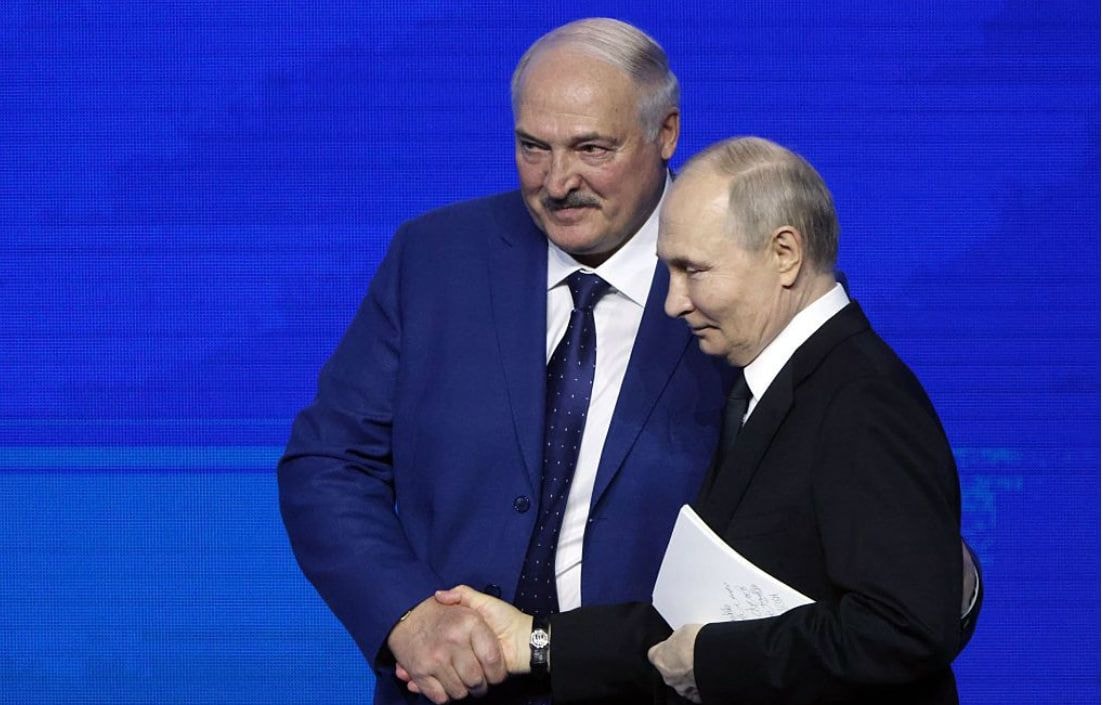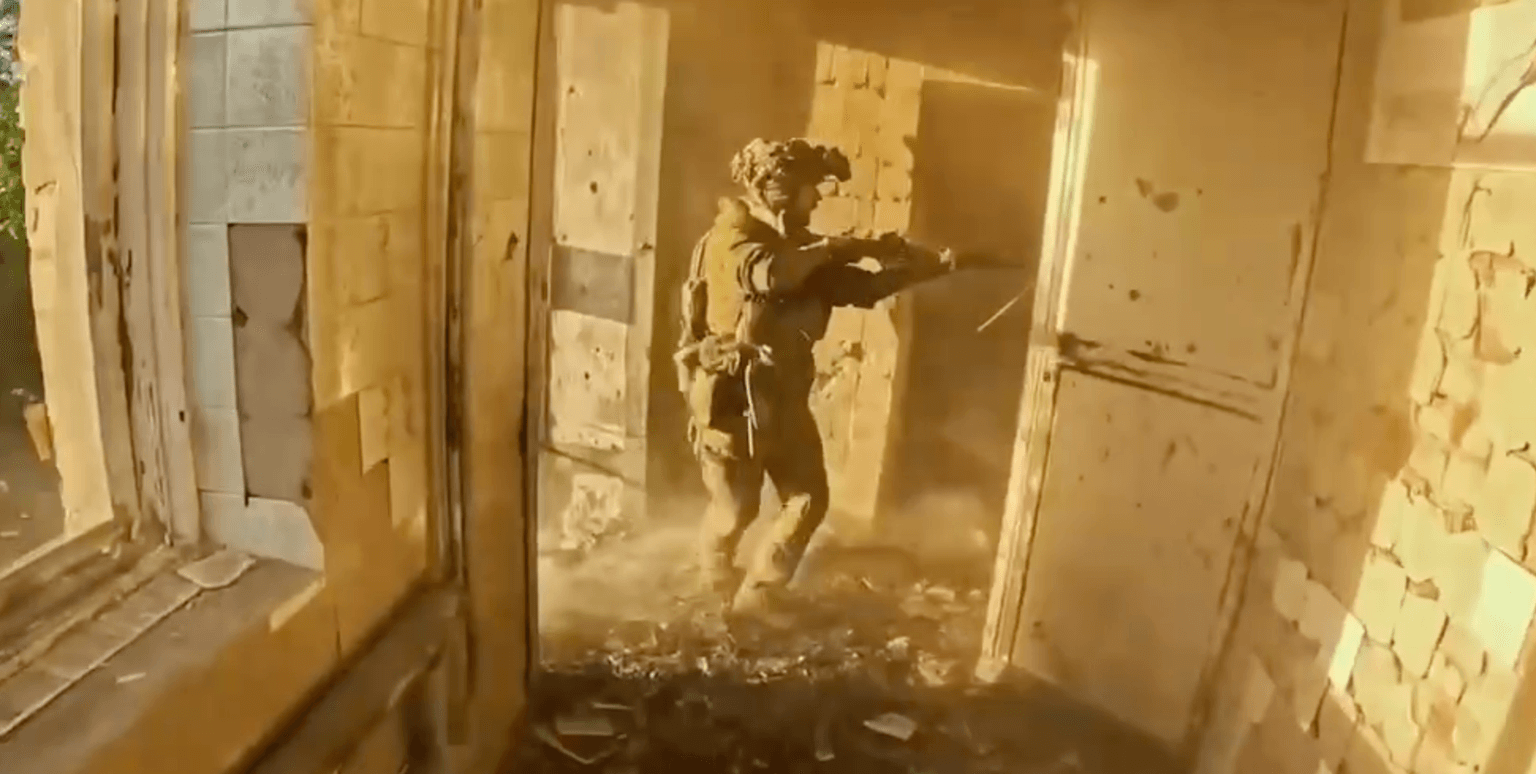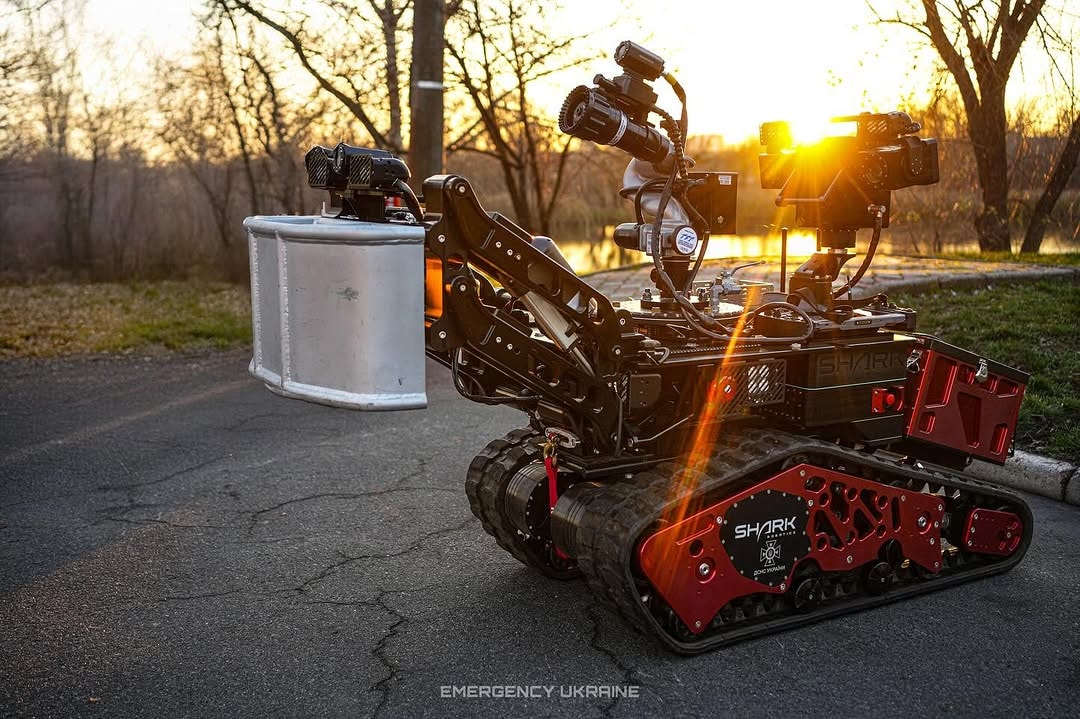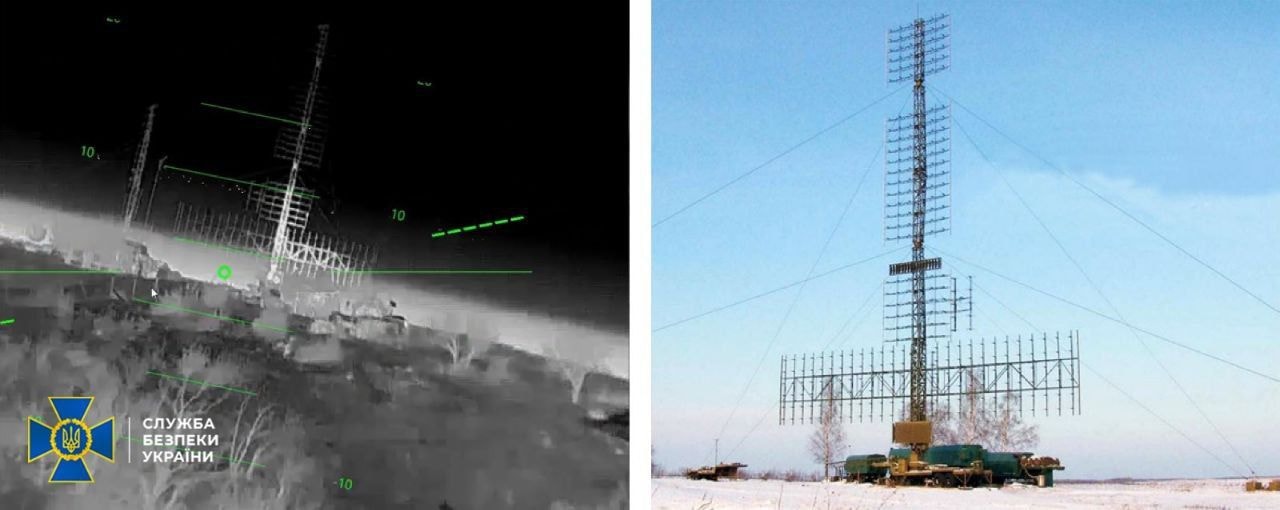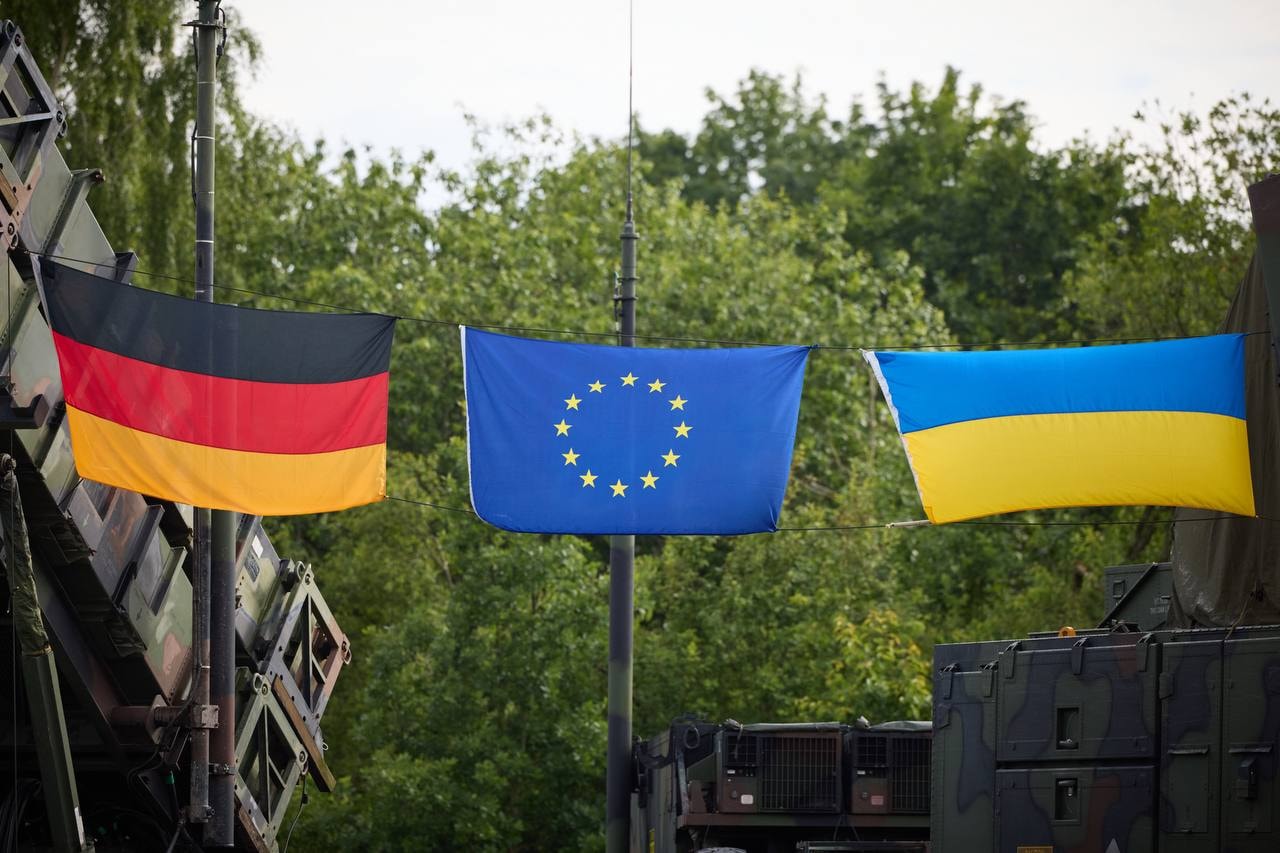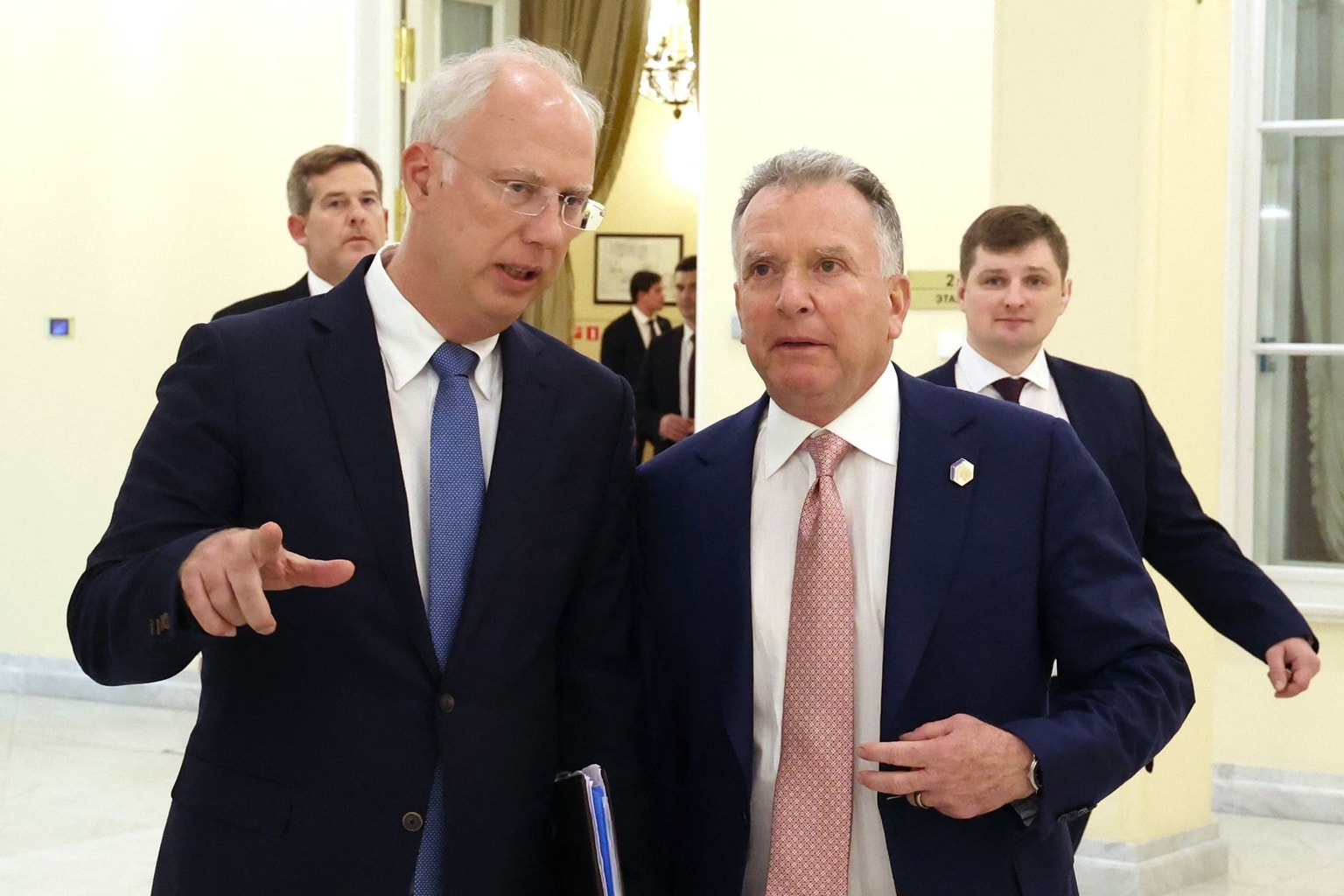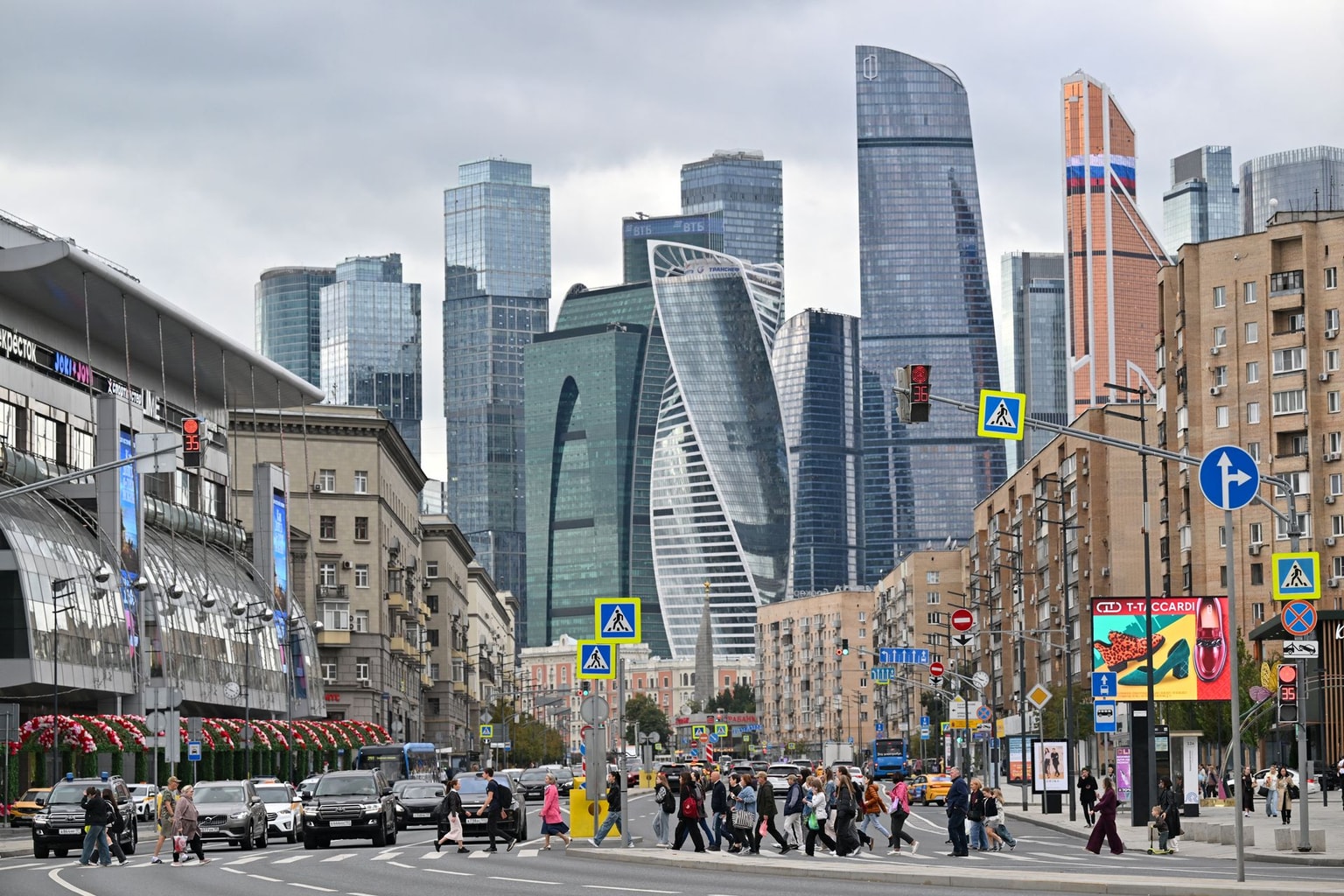
NATO troops
News Feed
Ukraine war latest: Ukrainian drones hit Russia's oil platform in the Caspian Sea and shadow fleet tanker in the Mediterranean
The SBU's Alpha Special Operations Center's drones hit a gas turbine unit at the Rakushechnoe deposit at the platform run by Russian oil giant Lukoil, the source said.

Fact-check: Debunking Russian propaganda about 'persecution of Christians' in Ukraine
The supposed "persecution of Christians" in Ukraine ranks among the most popular tropes of Russian disinformation. Kremlin propaganda has sought to cast the state's push to limit the influence of the Kremlin-linked Ukrainian Orthodox Church of the Moscow Patriarchate (UOC-MP) — whose clergymen have aided Russia during the war — as an assault on Christians. Though Ukraine is religiously diverse, Orthodox Christianity remains the dominant faith, with the independent Orthodox Church of Ukraine (O
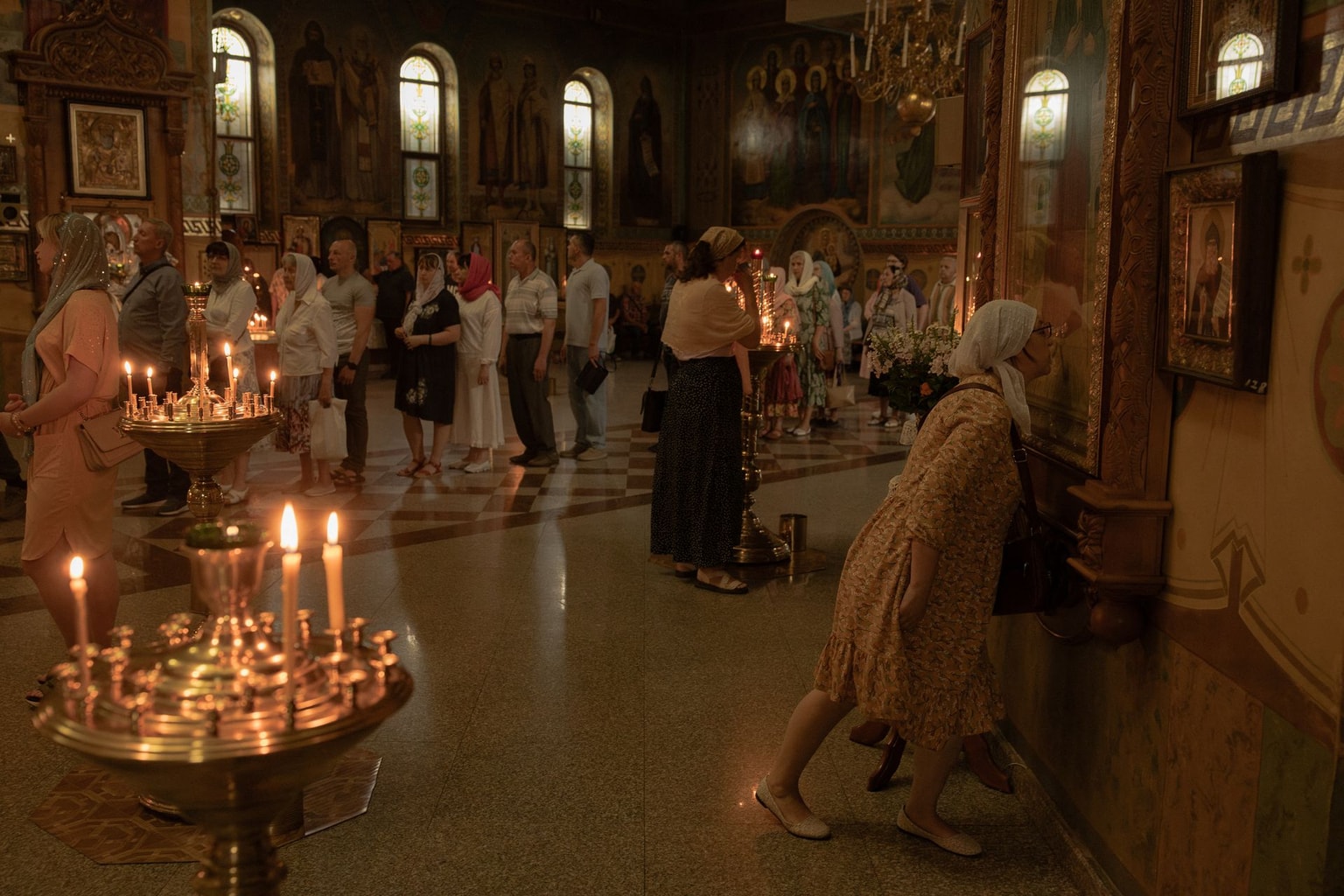
Kyiv Independent held its first live event in New York
The Kyiv Independent on Dec. 9 hosted its first live event in New York City, an evening dedicated to storytelling, investigative journalism, and front-line reporting.

Ukraine's delegation to meet American officials in US for new round of talks
Kyiv has already held consultations with European partners and is now preparing for continued discussions with the U.S., according to deligation head, Rustem Umerov. General Andrii Hnatov, chief of Ukraine's General Staff, will also take part in the talks.

EU leaders agree on $105 billion loan to buffer Ukraine’s finances, fail on Russian assets plan
European leaders have approved an interest-free loan for Ukraine, providing a financial lifeline and securing a large portion of the cash-strapped country's financing needs for the next two years.

Kyiv Independent reaches 25,000 paying members thanks to our global community
More than 2,400 people have joined the Kyiv Independent community during our anniversary campaign, helping us reach our goal of 25,000 members by the end of 2025.

Most Popular
Since early December, the Russian ruble has continued to strengthen against global currencies: on Dec. 7, it reached a value of only 76 rubles for one U.S. dollar, a figure unseen since May 2023. It soon dropped to 79 rubles per U.S. dollar, an exchange rate close to one seen on the eve of Russia's full-scale war. Ruble's strength came despite increasing sanction pressure by the Trump administration, which began targeting Russian oil giants Lukoil and Rosneft in October. The measures, which f
Editors' Picks

Lukashenko trades prisoners for sanctions relief — and keeps the upper hand

'Every new strike only unites us' — Odesa endures 5-day blackout after Russian strikes

'Article 5' without NATO — Why security guarantees may fail to protect Ukraine








